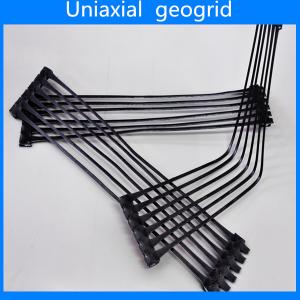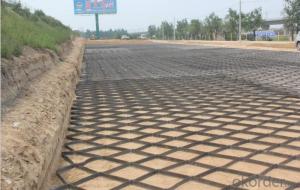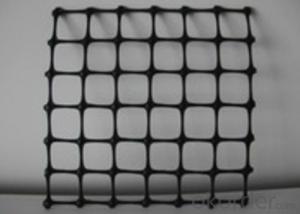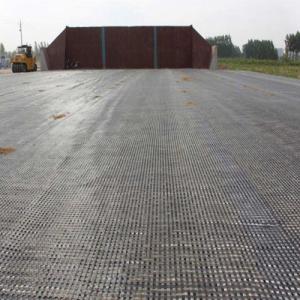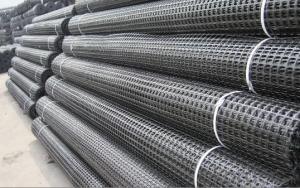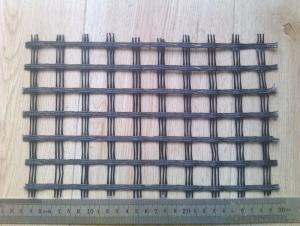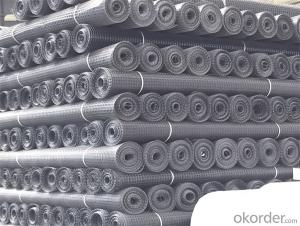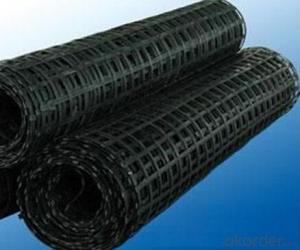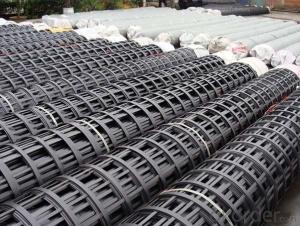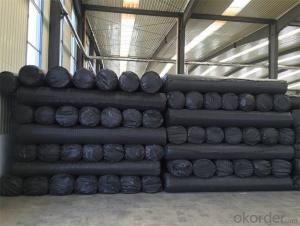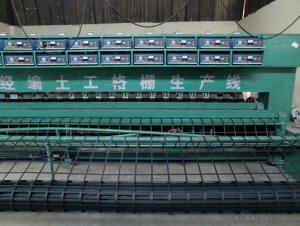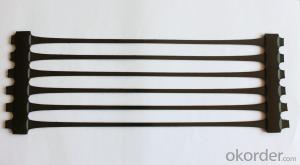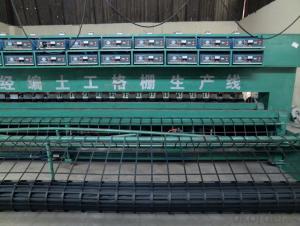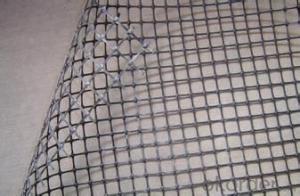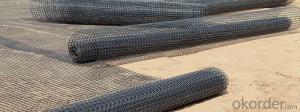Tensar Triax Geogrid Tx160
Tensar Triax Geogrid Tx160 Related Searches
Tensar Triax Tx160 Geogrid Triax Geogrid Tx160 Tensar Tx160 Geogrid Triax Tx160 Geogrid Tensar Triax 160 Geogrid Tx160 Triaxial Geogrid Tensar Triax Tx140 Geogrid Tensar Triax Tx170 Geogrid Geogrid Tx160 Tensar Triax Tx 140 Geogrid Tensar Triax Tx130s Geogrid Tensar Tx160 Geogrid Price Tensar Geogrid Tx140 Tensar Tx140 Geogrid Triax 160 Geogrid Tensar Triax 160 Geogrid Price Tensar Triax Tx160 Price Tensar Tx 130 Geogrid Tensar Triax Geogrid Tensar Triax Tx7 Geogrid Tensar Triax Tx5 Geogrid Tx160 Geogrid Price Geogrid Tx150 Tensar Tx160 Price Geogrid Tx140 Tensar Triaxial Geogrid Triax Tx Geogrid Tx150 Geogrid Tx170 Geogrid Tensar Geogrid Bx1100Tensar Triax Geogrid Tx160 Supplier & Manufacturer from China
Tensar Triax Geogrid Tx160 is a high-performance geosynthetic product designed to enhance soil stability and reinforcement in various civil engineering applications. This innovative product is manufactured by Tensar International, a leading company in the geosynthetics industry, and is known for its exceptional durability and strength. Tensar Triax Geogrid Tx160 is widely used in applications such as road construction, slope stabilization, and retaining walls, providing a cost-effective and efficient solution for soil reinforcement and erosion control. Its unique triangular aperture design allows for optimal soil interlock, ensuring that the geogrid effectively transfers loads and reduces the risk of soil movement or failure.The usage scenarios for Tensar Triax Geogrid Tx160 are vast, making it a versatile choice for engineers and contractors in the civil engineering field. It can be employed in new construction projects as well as in the rehabilitation of existing infrastructure, offering a reliable means of improving soil performance and extending the lifespan of structures. Whether used in highway subgrades, railway ballast reinforcement, or as part of a soil nail wall system, Tensar Triax Geogrid Tx160 consistently delivers outstanding results, ensuring that projects are completed on time and within budget.
Okorder.com is a reputable wholesale supplier of Tensar Triax Geogrid Tx160, boasting a large inventory that caters to the needs of various projects and clients. With a commitment to providing high-quality products and exceptional customer service, Okorder.com has become a trusted source for geosynthetic materials, including Tensar Triax Geogrid Tx160. Their extensive stock ensures that customers can receive the required quantities promptly, allowing for seamless project execution without delays. By partnering with Okorder.com, contractors and engineers can access Tensar Triax Geogrid Tx160 at competitive prices, ensuring that their projects are not only completed efficiently but also cost-effectively.
Hot Products

